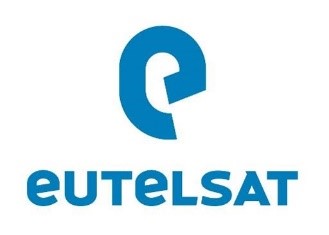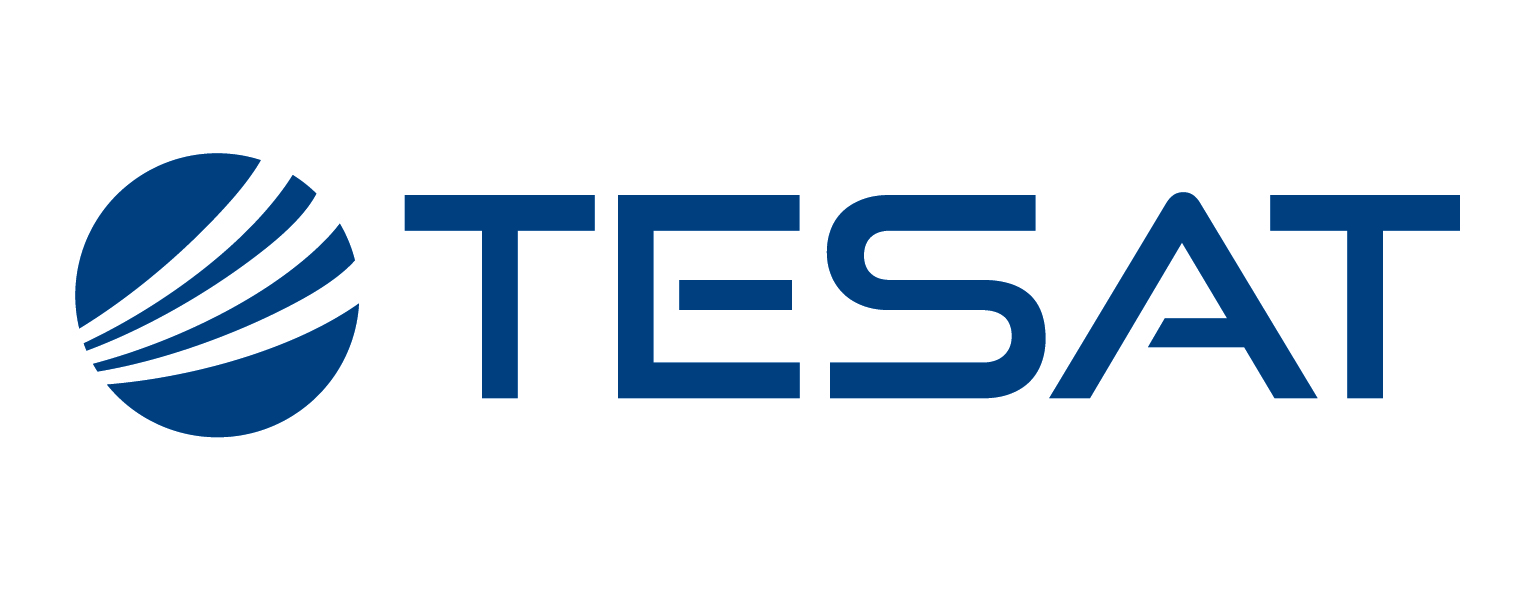
-
StatusCompleted
-
Status date2012-12-06
The key challenge facing fixed broadband satellite services in the coming years will be to offer higher capacity and higher data rates in order to be competitive and complementary to terrestrial network offerings. The study will provide a comprehensive analysis of techniques and technologies at system level with focus on space segment so as to meet user expectations by the 2020 time frame while minimising the satellite resource unit costs.
Following the trend of terrestrial networks, the next generation of two-way fixed satellite systems shall be conceived to offer high capacity, higher data rates and bundled broadcast and broadband services. The challenge is to offer satellite solutions which are competitive and/or complementary to terrestrial offerings. The objectives of the study are to assess the introduction of disruptive technologies for the space segment within the 2020 time horizon to meet service demand while achieving a dramatic reduction of unit costs of satellite capacity and to derive a roadmap for the introduction of the proposed technology.
Important for the continued success of HTS systems is a technology route leading to a reduced cost of capacity. The study identifies critical building blocks at antenna, repeater and platform level in order for satellite primes and equipment manufacturers to be ready for the 2nd generation HTS satellites. Development, roadmaps and technology priorities are also identified.
It has also been demonstrated that system capacity is a strong function of available bandwidth, even more than power. Consequently it is recommended that significant effort be put in place such that the necessary spectrum be made available in an homogenous way for the next generation European HTS system.
The key challenge that satellite industry faces in the coming years will be to offer higher capacity and data rate solutions in order to be competitive and complementary to terrestrial network offerings. Here we aim to reduce the cost per Gbps by a factor of 10 w.r.t current state of the art HTS systems.
The main benefit of the study has been to identify the development of technologies at space segment level, where for given performances of launch services, the performances of satellites will be maximised within the constraint of minimisation of the unit costs of satellite fixed broadband capacity.
Compared to current solutions, the configurations utilise state of the art technology, highlighting key technical areas necessary to provide high capacity solutions. Large antennas for large numbers of small spot beams, maximum power, lower mass repeater equipment & use of higher frequency bands in order to overcome potential regulatory issues are combined to provide cutting edge technical solutions. Such technology will also be of benefit to other types of application domains and missions.
Two reference mission scenarios have been addressed:
- Mission scenario A: small/medium satellite compatible with small launchers with the aim of maximising the capacity density (Gbps/km2),
- Mission scenario B: large satellite compatible with large launchers and aiming to reach the Terabit/s capacity.
In addition we have investigated the option of achieving a Terabit/s overall capacity by a cluster of 2 satellites at a single orbital position.
We have evaluated these reference missions according to a reference metric for the system cost per Mbps. To achieve our objective of minimizing the satellite resource unit cost we have implemented the following measures:
- Innovative platform concept with all electric propulsion optimising the accommodation to minimize the waveguide lengths,
- Innovative repeater concepts to reduce the payload mass per beam by 16% with respect to current state of the art,
- Large reflector antenna solutions in Ka band (≥ 4.8m) and Q/V band (> 2m) to optimise antenna gain and C/I,
- Use of enhanced air interface with reduced roll-off (5%) and high symbol rates (up to 426 Mbaud FWD link and 12 Mbaud RTN) maintaining a spectral efficiency in excess of 2 bits/symbol on both the FWD and RTN link,
- Maximisation of the total processed user spectrum by using both exclusive and shared civil Ka band on the user links and by maximizing the number of beams,
- Implementation of N+P site diversity for the Q/V feeder links to ensure the required link availability while minimizing the number of gateways.
The study has been divided into four work packages.
In WP 1000 “Definition of mission requirements” we have generated the requirements on the system communication performances.
In WP 2000 “Design of the candidate space segment architectures” we have identified and justified the most adequate space segment architectures to meet the identified requirements.
In WP 3000 “Baseline satellite detailed architectural design” we have designed in detail the space segment and satellite for the selected baseline.
In WP 4000 “Definition of programmatic roadmap and synthesis” we have defined a roadmap for the development, validation and operational introduction of the selected technologies.
The final review meeting has been successfully held in September 2012. We have carried out a detailed architectural design of the small satellite and large satellite mission. We have assessed the performances and budgets at system, satellite, payload and antenna level.
- For the small satellite mission over France we have studied a solution with 72 user beams providing a total system capacity of 290 Gbps. The small satellite mission provides a capacity density exceeding 500 kbps/km2, which is an improvement by a factor of 50 with respect to current state of the art HTS.
- For the large satellite mission over EU27 we have studied a solution with 260 user beams providing a total system capacity of 1 Tbps, representing a capacity improvement of a factor of 10 with respect to current state of the art HTS.
The Terabit study has identified a number of critical building blocks at antenna, repeater, platform and satellite level for next generation HTS systems, showing that there is a technology route forward to reduce the cost of capacity. A roadmap has been defined for the development of technologies and equipments up to EQM level and candidates for In Orbit Validation (IOV) have been identified. A PPP mission for next generation high capacity telecommunication satellites could contribute towards the European H2020 agenda by providing ubiquitous access to high speed broadband for consumer, professional and institutional users.








